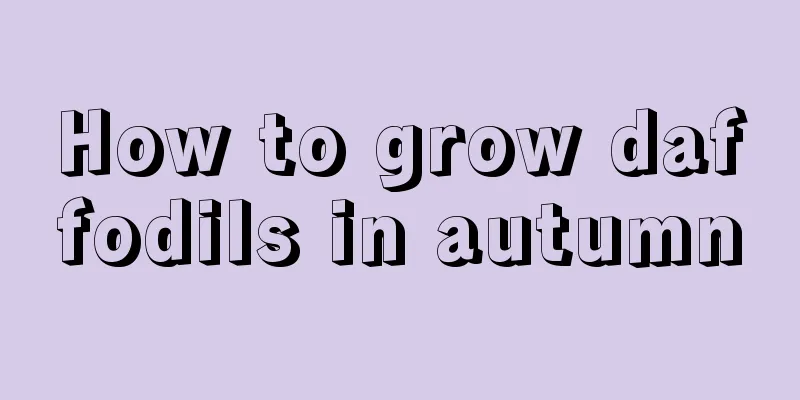Does lavender prefer shade or sun? Does lavender need sunlight?

1. Do you prefer shade or sun?Lavender loves the sun. As a long-day plant, it needs to receive long periods of light during the flower bud differentiation period. If the light exposure time is insufficient, its flowering period will be delayed and the flowering of the plant will be affected. It should be noted that this plant is not tolerant to strong light, so it needs proper shade in the summer, especially avoiding direct sunlight at noon to prevent its leaves from being sunburned. 2. Maintenance methods1. Soil: Lavender has a well-developed root system and is usually planted in areas with deep soil. If it is a potted plant, loose and fertile soil is needed, which is more conducive to the growth of the plant. To increase drainage, place broken tiles at the bottom of the pot. In addition, you can also mix a small amount of base fertilizer into the potting soil to provide some nutrients. 2. Temperature: Lavender is relatively resistant to both heat and cold, but it can only grow and develop under suitable temperatures. The seeds will germinate at 8-12℃, and when the temperature reaches 12-15℃, the branches of the plant will begin to grow. When the temperature reaches 16-18℃, it will grow buds and will bloom at around 20℃. 3. Watering: Lavender prefers a dry environment and does not require much water. During the plant's greening and budding stages, due to its rapid growth rate, it also requires relatively sufficient water. When it reaches its flowering period, watering should be reduced to avoid causing the flowers to fall. Likewise, when it goes dormant in winter, it doesn’t need much water. 4. Fertilization: In addition to applying base fertilizer during planting, you can also apply appropriate top dressing during the growing period of lavender. Fertilization is usually done before and after flowering. Before flowering, phosphorus and potassium fertilizers are mainly applied to promote flowering of the plants. After flowering, nitrogen fertilizers are supplemented to allow the plants to resume growth. |
<<: The cultivation methods and precautions of Foxtail Asparagus
Recommend
Cultivation methods and precautions for taking root
Reproduction method Commonly used propagation met...
Imitation of wild Dendrobium officinale efficacy
1. Nourishment It is a medicinal material that ha...
How to grow magnolia in summer
1. Provide shade in time The intensity of sunligh...
The efficacy and function of Lithospermum officinale
1. Antibacterial and antiviral Lithospermum offic...
The difference between Phoenix bamboo and brown bamboo
1. Different varieties Phoenix Tail Bamboo belong...
What flowers are suitable to plant in spring?
Spring is an excellent season for growing flowers...
Cultivation methods and precautions of Erythrina cockscomb
1. Maintenance methods 1. Soil management: The ch...
What is the main component of wood ash? Can it be used as fertilizer?
1. Main ingredients Its main ingredient is potass...
How to propagate Spathiphyllum
1. Division propagation The division method is th...
What is Cantonese cuisine?
What is Cantonese cuisine? Guangcai, scientifical...
Onion planting time and method cultivation technology and key points
Onion planting time Onions are suitable for sowin...
How to grow a potted orange tree in the north
1. Watering When watering potted orange trees, yo...
What to do if chrysanthemums do not bud or bloom
The reason why chrysanthemums do not bud or bloom...
What is cabbage?
What is cabbage? Cabbage is a plant of the genus ...
How long is the growing cycle of rapeseed?
Introduction to Rapeseed Growth Rapeseed is a lon...









